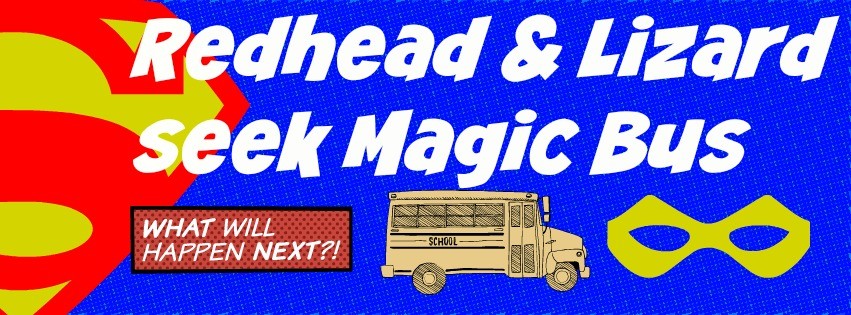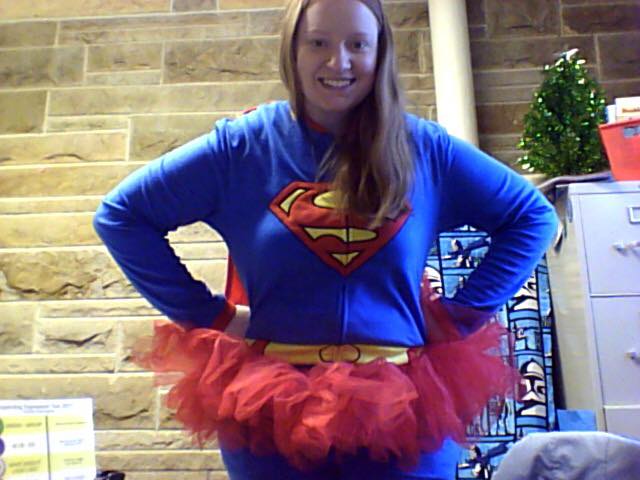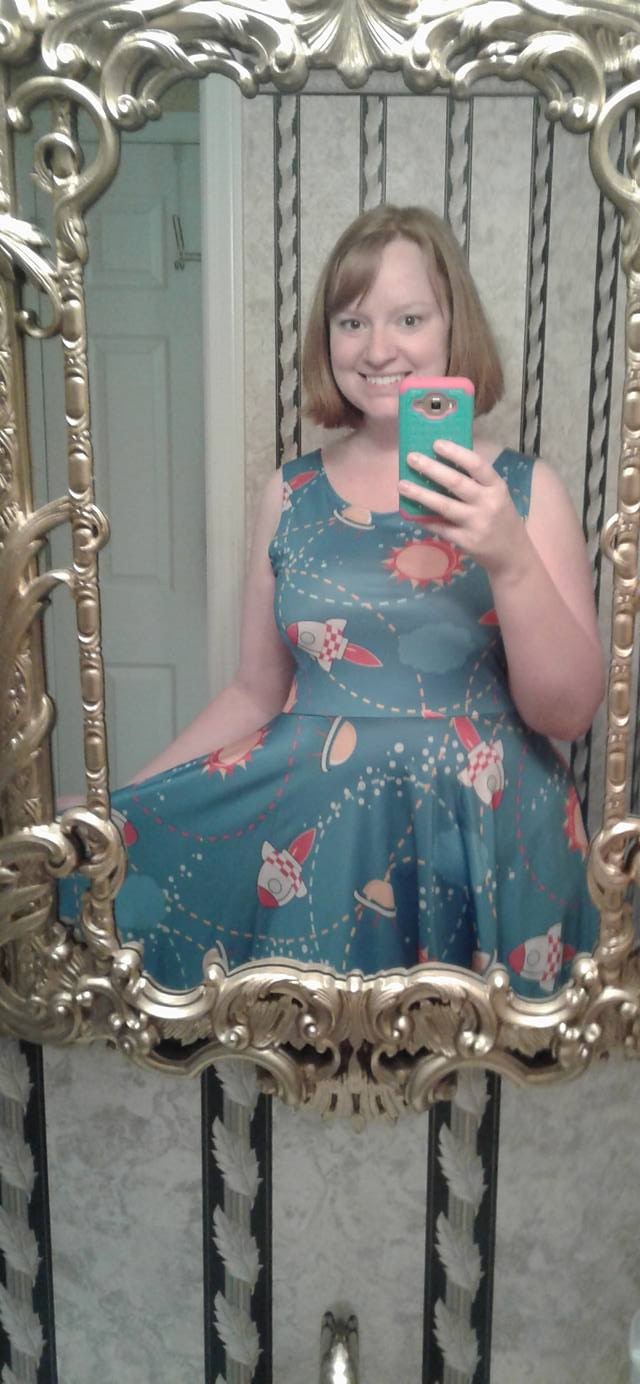Last summer on our family vacation my daughter brought along her Amazon Echo. She set it up in the main living area and said, “Dad you need to get one of these."
Between my daughter, my son-in-law and my grandkids, it was a fight to demonstrate just what the Echo could do. “Alexa, play Lucy in the Sky with Diamonds by the Beatles." Sure enough the Echo played it and before the song was half over, another request, “Alexa, what’s the temperature?” “Alexa, tell me a joke.”
This went on for about an hour. It was impressive even when Alexa didn’t know the answer or request the Echo said so with, “Hmm, I don’t know the answer to that question." Not many people will fess up to that.
Alexa was busy all week playing music, responding to joke requests now and then and miscellaneous questions to stump the Echo.
When I got home I didn’t rush out to get an Echo although it was tempting. You see I like technology and most of all gadgets, but I looked at the price and thought I’ll give it some time.
Sure enough a few months later my daughter texted me to let me know the Echo was on sale. Temptation took over and I ordered one. It was delivered and I set it up, got it connected to the Internet and started asking requests like I had no idea of facts or music. My wife and I rambled on until we looked at each other and decided we were done…for the moment.
One little caveat about the Echo is depending on what name you give it, Alexa, Echo or Amazon you should be aware that if you are within an ear shout of the device and inadvertently say the name, it will try to answer you. Most of the time it replies, “Hmm, I don’t know the answer to that question”.
Fast forward to before Christmas.
There were a lot of sale opportunities for the Echo models, one of which was the Echo Dot 2. It is about the size of a hockey puck with a small speaker but the price was about a third of the larger Echo. For as much as everyone seemed to enjoy the Echo, I thought I’d get everyone a Dot. It was a stellar idea because everyone liked them, which brings me to the point of this blog.
My son-in-law has a cousin with Cerebral Palsy. She is wheelchair bound and uses a DynaVox device for communication. My daughter asked me if the Echo would work with the DynaVox. If you know me, you know where I went from there.
I don’t have a DynaVox, but I did have an iPad. I pulled it out and installed a simple Text to Speech app and started playing. The first thing that you must do is address the device by name and for me that was ”Alexa." When it lights up it is ready for your request. I typed Alexa and my request, tell me a joke. I took my iPad close to the Echo and tapped Speak and sure enough I got a joke.
I played around many times with different requests and noticed that sometimes the initial “Alexa” command needed a bit more time before the request could be processed, so I added either a comma or two or a Return entry which put a little pause before the request was spoken.
The request should be made with a 5 to 6 second window for the Echo to respond to the request. I have Proloque2Go on another iPad and added an Alexa joke request button to the default "Joke" folder and it worked as well. Here is a short video of what I did with my iPad and Proloquo2Go sample.
In theory, any device that lets the user create phrases like I had done on the iPad and Proloque2Go should have access to the Echo’s ability to respond. Every device is different and there might be some tweaking to do. However, the independent interaction of accessing endless amounts of information and entertainment at the request of the user is worth the effort.
The Echo can also be linked to control environmental devices like lights, switches, thermostat and the list is growing. I am sure this was not my sole discovery, but if it gets the interest of someone else, it has served its purpose. I will work to get this in the hands of my son-in-law’s cousin. Stay tuned.




